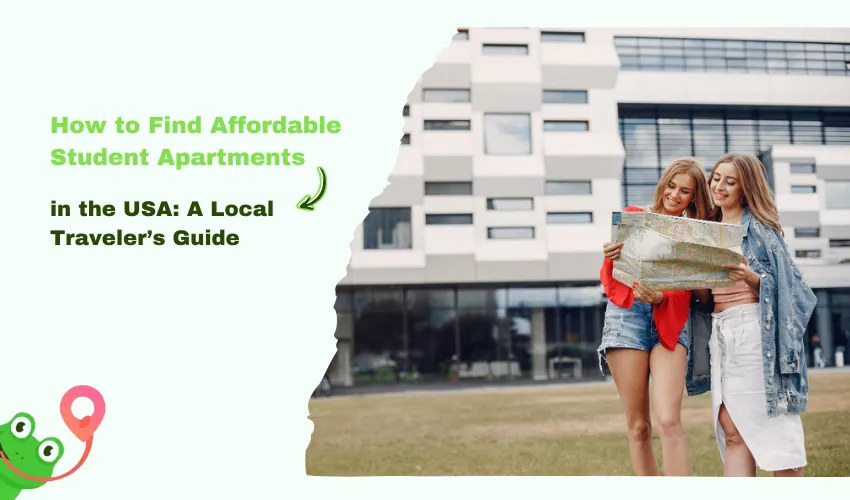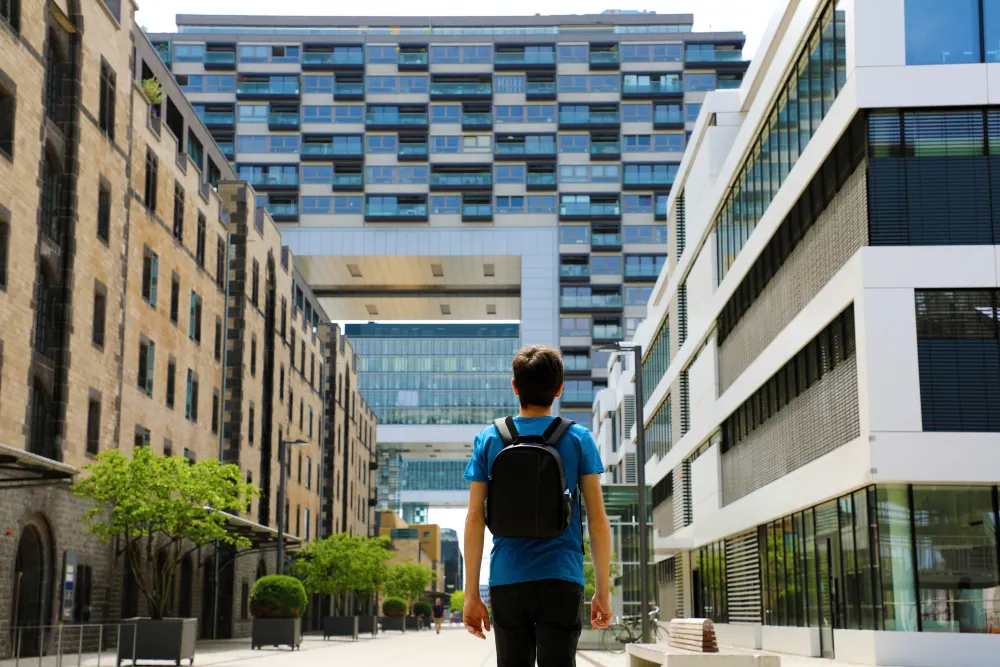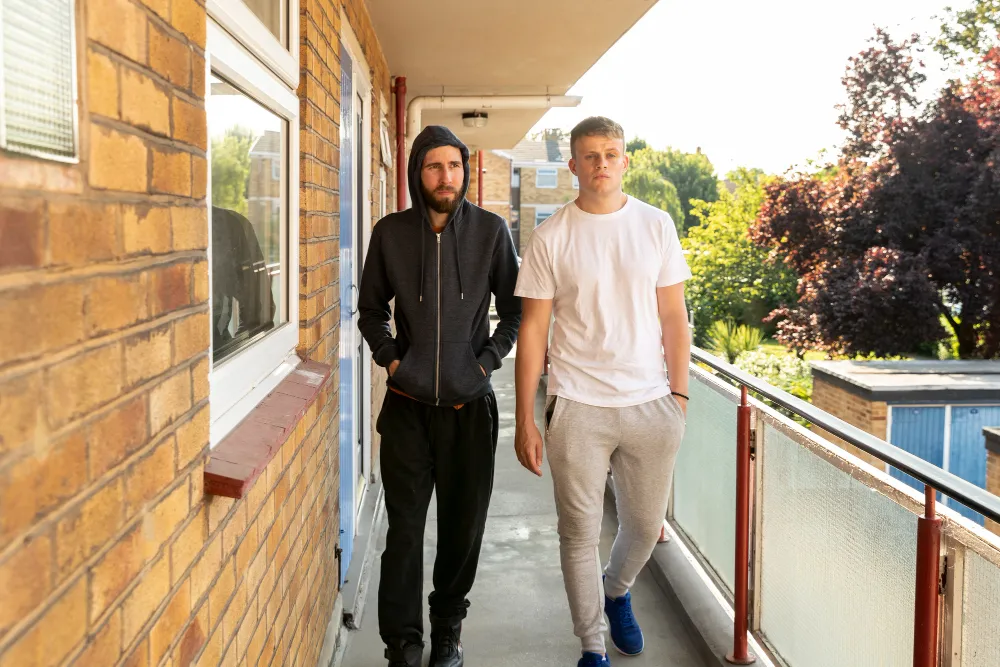How to Find Affordable Student Apartments in the USA: A Local Traveler’s Guide

If you’re a student in the USA, you’ve probably realized two things already: textbooks are outrageously expensive, and rent is no joke either. Finding affordable housing as a student feels like a full-time job on top of the actual classes you’re already paying for. But don’t worry, you don’t have to settle for living in a broom closet or crash on a friend’s couch for four years. With some strategy, research, and maybe a little patience, you can actually score a decent student apartment without going broke. Consider this your traveler’s guide to navigating the sometimes confusing, sometimes exciting, world of student housing in the USA.
1. Start Your Search Early

Think of housing like concert tickets: the best ones sell out fast. Many universities in the U.S. open their off-campus housing boards months before the semester starts, and landlords know students are desperate for good deals. If you start early, you’ll have a better shot at finding an apartment that’s both affordable and close to campus. Wait too long, and you’ll either pay premium prices or end up with a place that’s three bus rides away.
Pro tip: Start looking at least three to four months before you move in. It might feel overly cautious, but your future self will thank you when you’re not signing a lease out of sheer panic.
2. Explore Neighborhoods Beyond Campus
Most students flock to the neighborhoods closest to campus because—convenience. But those areas often come with inflated rent prices. Instead, take the local traveler’s mindset: sometimes the best finds are just outside the tourist zones.
Look a mile or two beyond campus, check public transit routes, or even consider biking distance. For example, student apartments in Tampa often come at a better price if you look just outside the University of South Florida area, while still staying within a quick commute. Similarly, in cities like Boston or Los Angeles, living one neighborhood over can cut hundreds of dollars off your rent. You might trade a five-minute walk for a fifteen-minute bus ride, but your bank account will definitely appreciate it.
3. Use the Right Platforms
Craigslist might feel like the Wild West of apartment hunting, and while it’s still around, there are far better options. Some platforms are specifically designed for student housing and will make your search easier.
When browsing, treat it like scrolling through online shopping—except this purchase is way more important than a new pair of sneakers.
4. Think About Roommates

Let’s be real: roommates can either become lifelong friends or the reason you start studying in the library just to avoid home. But splitting rent is the single easiest way to make housing affordable.
For instance, a two-bedroom apartment for $1,400 might sound steep, but divided between two people, it suddenly becomes $700 each—which is a lot more reasonable. Just make sure you set clear boundaries early on (like cleaning duties and noise levels) to avoid awkward arguments later.
5. Don’t Overlook Hidden Costs
Rent is only the beginning. Utilities, internet, parking, and laundry can quickly add up if you’re not careful. Some apartments advertise low rent but don’t mention that electricity, water, or Wi-Fi are all extra. Always ask landlords about what’s included in the lease.
If you want to be extra smart, make a mini budget before committing. Add at least $100–$150 on top of rent for utilities and other random costs. Trust me, being surprised by a $200 internet bill is not a fun student experience.
6. Try Subleases and Short-Term Rentals

If you’re not ready to commit to a 12-month lease, subleasing from another student is a great option. Many students who study abroad or leave for internships want someone to take over their lease temporarily. These deals are often cheaper and already furnished—perfect if you’re trying to avoid buying bulky furniture you’ll have to sell later.
Websites like amber or even university bulletin boards are gold mines for these opportunities. For example, many student apartments in San Francisco are available for short-term subleases during summer internships, making it easier to find affordable temporary housing in a notoriously expensive city.
7. Stay Flexible
Sometimes, the most affordable housing requires a little flexibility. Maybe you’ll have to share a kitchen with three other people or live a bit farther from campus. But remember, this is part of the “local traveler’s” experience—learning how to adapt, make it work, and save money while doing it.
If you keep your expectations realistic (you’re not going to get a luxury loft with rooftop access for $500), you’ll be pleasantly surprised at what you can find.
Final Thoughts
Finding affordable student apartments in the USA is definitely not a piece of cake, but if you look at the right places and check all those sites which are helping students to make housing decisions. It will give you enough choices to make the right decision. Start early, do thorough research and then make any decision.
You’re not just renting a place to sleep, you’re securing a basecamp for your entire student adventure.




